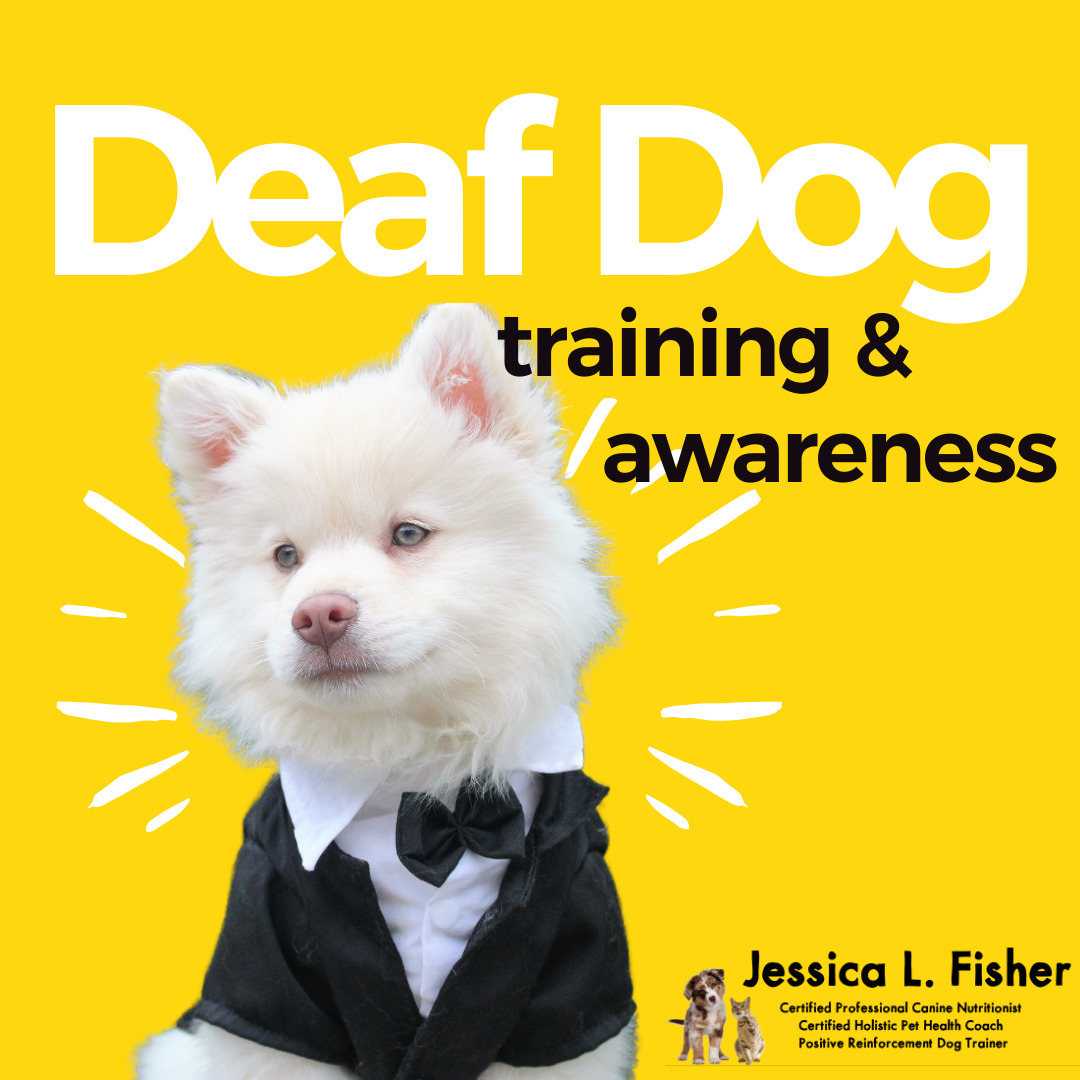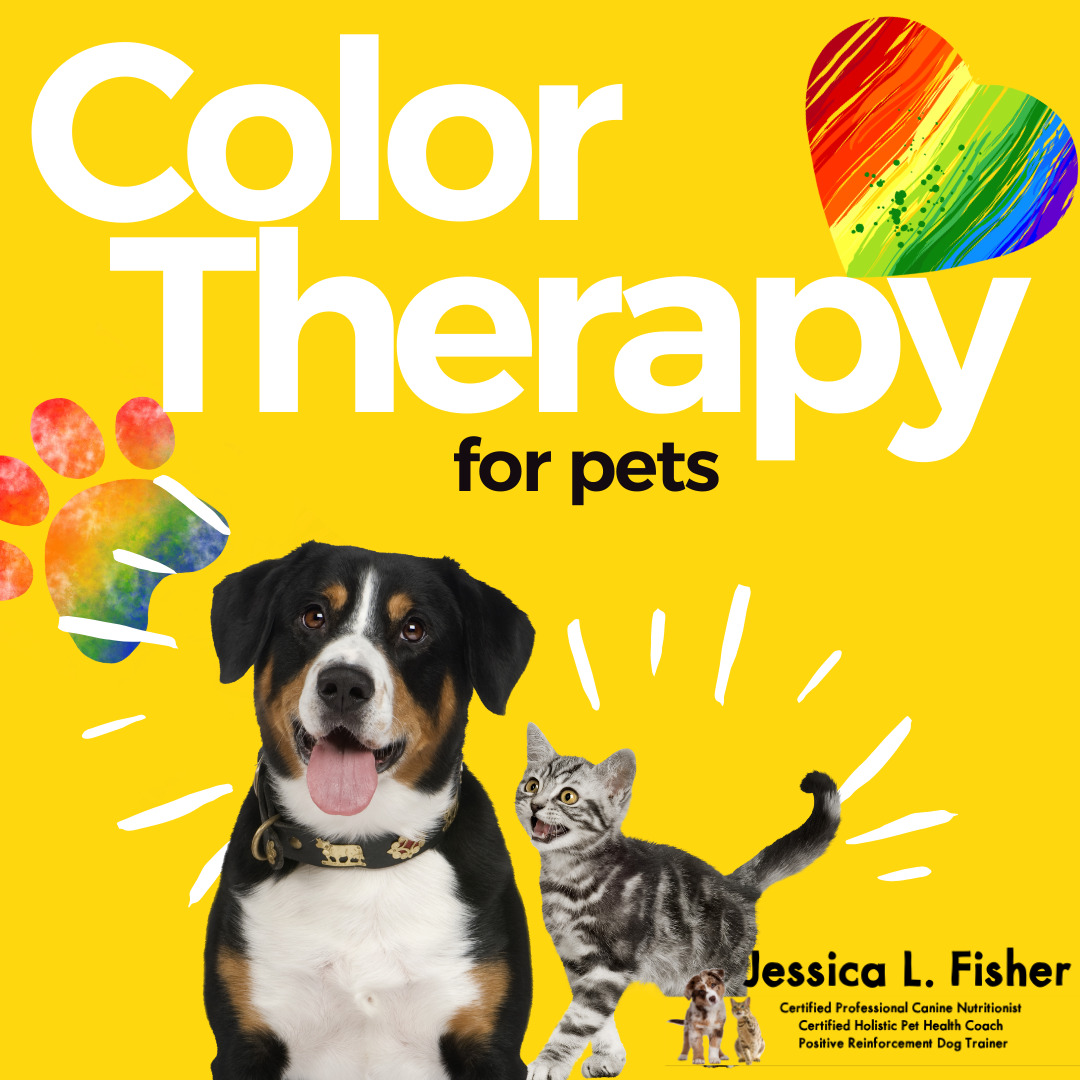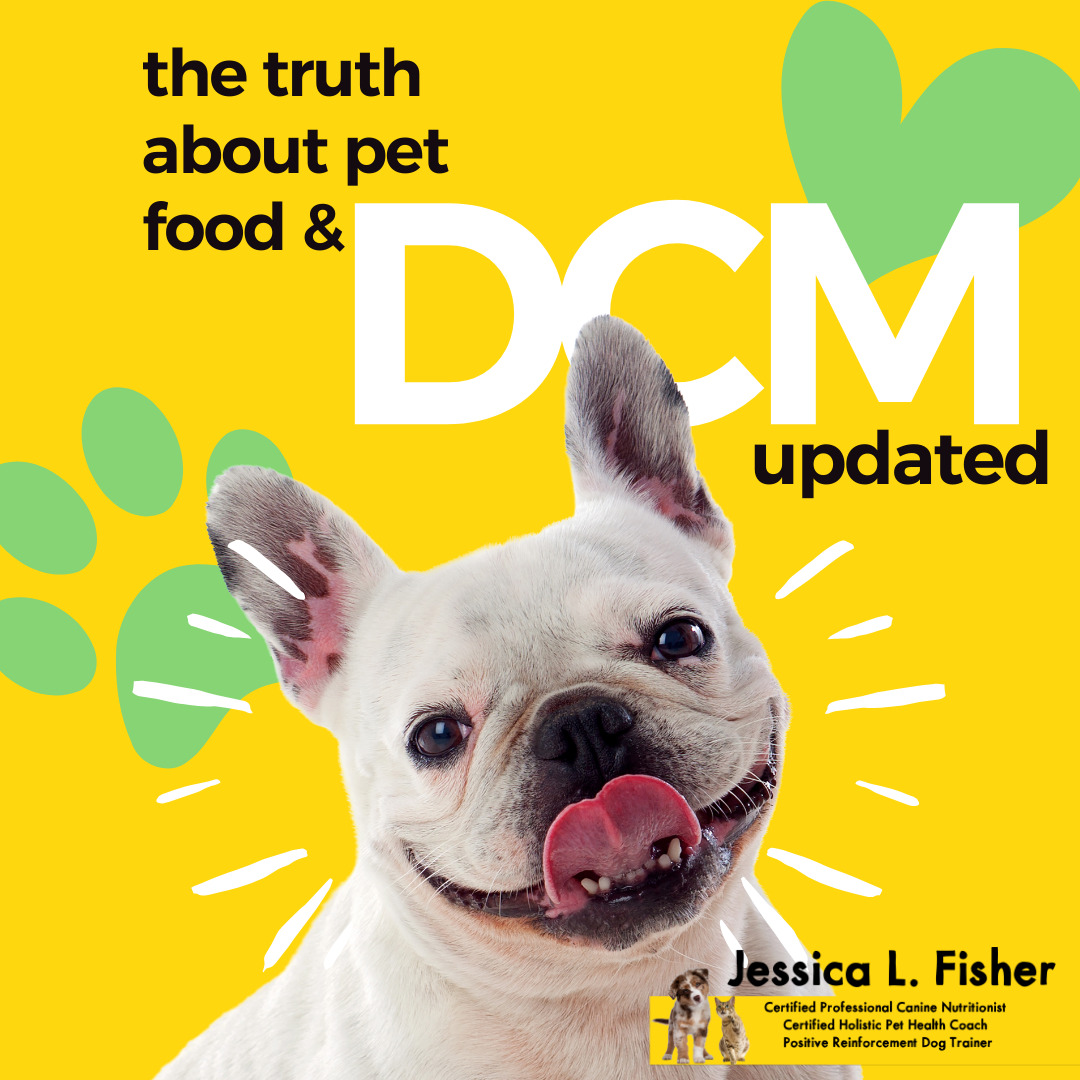For the majority of pet parents pet food is what we call kibble. It’s little brown (generally) hard nuggets sold in a bag in a pet store. As a young adult with my first pets that’s what I thought too. Fortunately, we live in an extraordinary time where we have information available to us instantaneously through the internet and there is a growing number of pet parents who have come to realize that these bags of kibble aren’t the best food we can feed our furry family members.
We’ve talked before about pet food.
Back in 2017 I made a pros and cons list for kibble. You can watch the video here: https://youtu.be/Gc4dmobyKXE
- PROS:
It’s inexpensive
It’s convenient
Most people don’t do much for storage - CONS:
Too many carbs (dogs are carnivores)
It’s high heat processed
Grain-free just means alternate fillers (like legumes)
You can leave it out all day…
Large, smelly stool
Not moisture appropriate
Not fresh (highly processed)
Lack of beneficial bacteria
Corn (aflatoxins!)
Too cheap
Reading A Pet Food Label
In 2019, I did a video helping to decipher the label of Kirkland brand dog food. You can watch that video here: https://youtu.be/zUECUUFDUBI
In this video, we talked about meat “meal” and what that means according to the USDA.. Basically, meat meal can include any of the following: leftovers from the slaughterhouse floor, carcasses, offal, and any other animal parts that are considered “not fit for human consumption.” These are then high-heat processed, which results in a saw dust-like product that is left with little to no nutrition. The next few ingredients were all carbohydrates.
We also discussed the salt divide, which is a phrase used by Rodney Habib of Planet Paws. Basically, the salt divide lets you know where on the pet food label you can start to see ingredients less than 1% because salt can not be any more than 1% in that product. So when you see things like beautiful blueberries on the front of the label, even though you expect to have blueberries as a main component of the food, if you check the label it often falls after salt.
It’s all about marketing!
In February this year, I did a video about the tricks that pet food companies are pulling on you. You can watch that video here: https://youtu.be/bFaaRo8_Wfg which was based on Dr. Becker’s blog: https://healthypets.mercola.com/sites…
I definitely recommend checking this one out. I was appalled by some of the tricks they knowingly pull on pet parents who just want to do better for their pets.
Preservatives In Pet Food
But for today I want to focus a bit more on the preservatives used in pet foods. I don’t think I’ve really spent much time on this aspect of pet food, I guess because everything else was so bad I didn’t feel the need to go further, but big pet food does, so it’s worth talking about. You never know what will be the last straw for someone that causes them to start looking into alternative foods for their pets!
Pam Roussell of Purrfectly Holistic recently published an article that I knew I needed to share with you on the preservatives that pet food companies are using… specifically the ones they know to be toxic! You can read her article here: https://www.purrrfectlyholistic.com/are-toxic-preservatives-hiding-in-your-cats-food/
Once a food package is opened it begins the process of oxidation, where the presence of oxygen begins to alter and break down the food. Fats go rancid pretty quickly, even in kibble, which can go rancid in about 7-14 days from opening.
So, let’s talk about preservatives. They are usually going to be found at the very end of the ingredients list. There are some natural preservatives such as Vitamin C (ascorbic acid), Vitamin E (tocopherols), and rosemary. Thought natural, according to Pam, they don’t last as long as synthetic preservatives.
Synthetic or artificial preservatives are the ones we really want to avoid, as they can be toxic, even carcinogenic. How we know this and yet they are still allowed into our pet’s food baffles me, but here we are!
According to Patrick Mahaney, these are pet food ingredients to absolutely avoid:
- Corn and wheat gluten
- Meat and grain meals and by-products
- BHA (Butylated Hydroxyanisole)
- BHT (Butylated Hydroxytoluene)
- Ethoxyquin
- Food Dyes (Blue 2, Red 40, Yellow 5 and 6, 4-MIE)
- PG (Propylene Glycol)
- Rendered fat
BHA (Butylated Hydroxyanisole) and BHT (Butylated Hydroxytoluene) are known carcinogens according to Mahaney (https://www.petsafe.net/learn/pet-food-the-good-the-bad-and-the-healthy).
Pam also adds, “TBHQ (Tertiary butylhydroquinone) is another chemical preservative to be wary of used in pet food.”
So let’s add these to the list of ingredients we never want to see in anything we feed our beloved pets.
Quality of ingredients along with natural or no preservatives are undoubtedly the way to go, not only for your pets but for you too!
When we know better we can do better 💜
What If Your Pet Has Been Eating These?
In Pam’s article, she also provides a resource to detox your pet if they have been ingesting any of these harmful ingredients.
She says “First ensure the liver and lymphatic system are functioning optimally. Use an herbal supplement for 2-3 weeks like Detox Blend by Animal Essentials; it contains organic extracts of burdock root, dandelion root, milk thistle seed, red clover, alfalfa, and licorice root. These herbs are known to detox the liver, build new liver cells and improve lymphatic drainage.
Once this is completed, the next step is to use a supplement like chlorella or spirulina for 6-8 weeks. These chelate or bind preservatives, chemicals and plastics and move them out of the body. Simultaneously using a product like Ion Gut Health for Pets helps restore the integrity of the intestinal lining, the intelligent gateway for the entry or blockage of nutrients, toxins, and microbes. It encourages cell to cell communication, promotes immune function, and gives the gut a terrain where the microbiome can thrive.
Finally, adding a high-quality probiotic with multiple strains of bacteria can help restore healthy gut flora in the gut, which helps strengthen the immune system, too.”
And, of course, stop feeding the offending food!
I hope you check out all of the resources in this post and ask me any questions you have. I’m always here to help!
(P.S. I am not an affiliate for Purrfectly Holistic and any product recommendations come from the article by Pam Roussell.)



